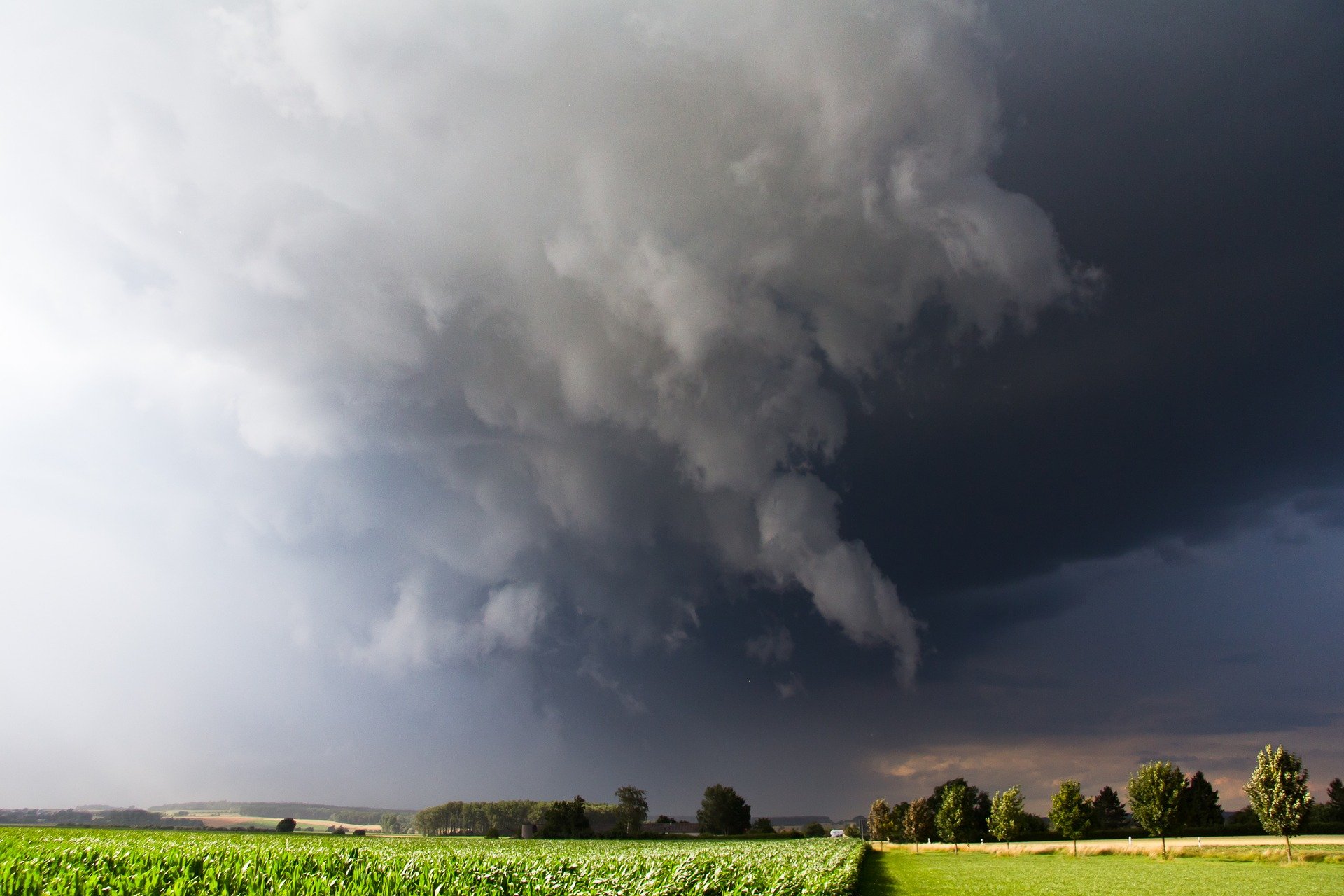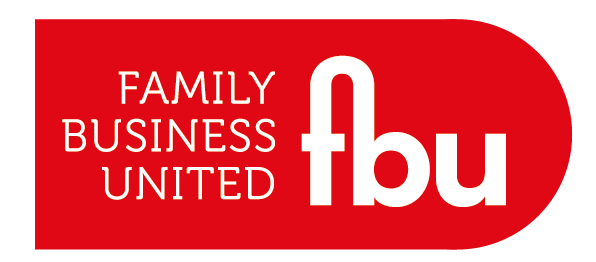Every team will go through a set of stages in its lifetime: Forming, Storming, Norming and (hopefully) Performing. However, conflict can threaten to hold teams back from reaching the Performing stage. Therefore, it is important that we, as leaders, can work through conflict and use it as a driving force towards creating a high performing team.
Conflict can often highlight the issues that need to be addressed within a team, so use it to your advantage!

Forming:
This is where the team is first formed, everyone is polite and holding back their true feelings.
There is a lack of structure and leadership. Progress is slow.
The purpose of the team is not yet understood, leading to a lack of understanding of why the team has been created.
Storming:
As teammates get to know one other, disagreements and differences (opinions, personality, visions) come to light. Struggles for power can create real problems too.
However, conflict, or ‘Storming’, is necessary in the workplace for teams to develop. Leaders must create a culture where team members and colleagues are able to share their feelings and opinions, as long as this helps the team move forward. Leaders can also use conflict as a driving force to create radical and innovative solutions to problems. Everyone’s ideas must be taken into consideration.
The Myer-Briggs, Belbin tests and Motivational Maps can help you to progress through this stage, to determine the strengths and weaknesses of each team member. This is important for teams as mentioned in Conflict Resolution Week 2: Different Personalities.
Storming is an uncomfortable place when building a high-performing team. It is common to crave the politeness and calm that was experienced when the team was first Forming. But persevering through this into the Norming stage will take your team closer to becoming high-performing.

Norming:
After the dust settles, conflict is reduced as you learn how to work best together.
In this stage, there is a clear structure and leader. Communication has improved and trust is developed between team members. The purpose of the team and the individuals within it are established meaning the team feels empowered to carry out their tasks. For more on how to do this, read Week 4: Unclear/Conflicting Roles.
It is important to note here, that it is common to fall back into the Storming stage as new challenges present themselves. However, you should use all the tools you can to avoid this and push on to the final stage: Performing.

Performing:
Teams in this stage are able to work through conflict effectively when it occurs. They have processes in place to prevent disagreements stifling productivity and team effectiveness.
A high performing team has many of the attributes we have already discussed in this article series:
- RACI - clear roles, not dropping the ball, clear accountability, understand their purpose and the purpose of the team.
- Communication flows are strong and effective.
- A mix of personalities able to work together despite differences and to come to the best conclusion for the team.
Remember, the most destructive thing team members can do is hold back their ideas! It’s not about winning, it’s about everyone coming together and sharing their ideas to come up with a solution. Consider each idea with the level of openness that you would want from others.



.jpg)

